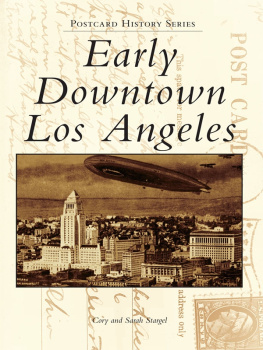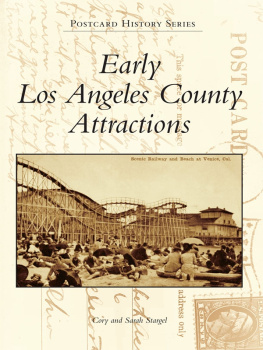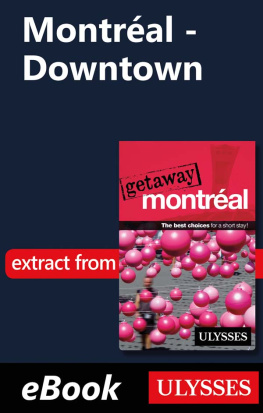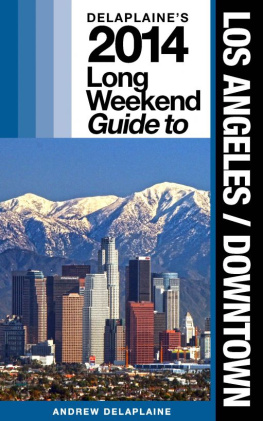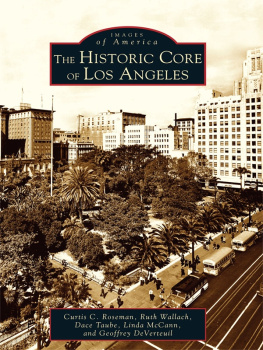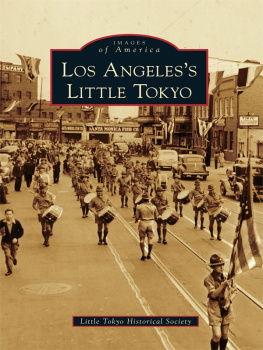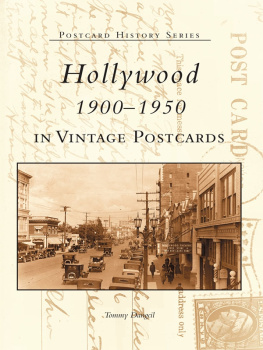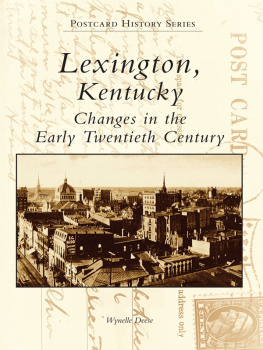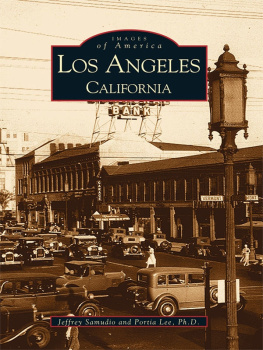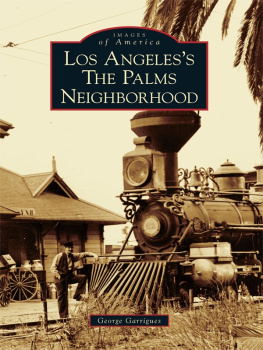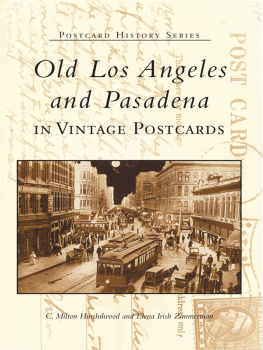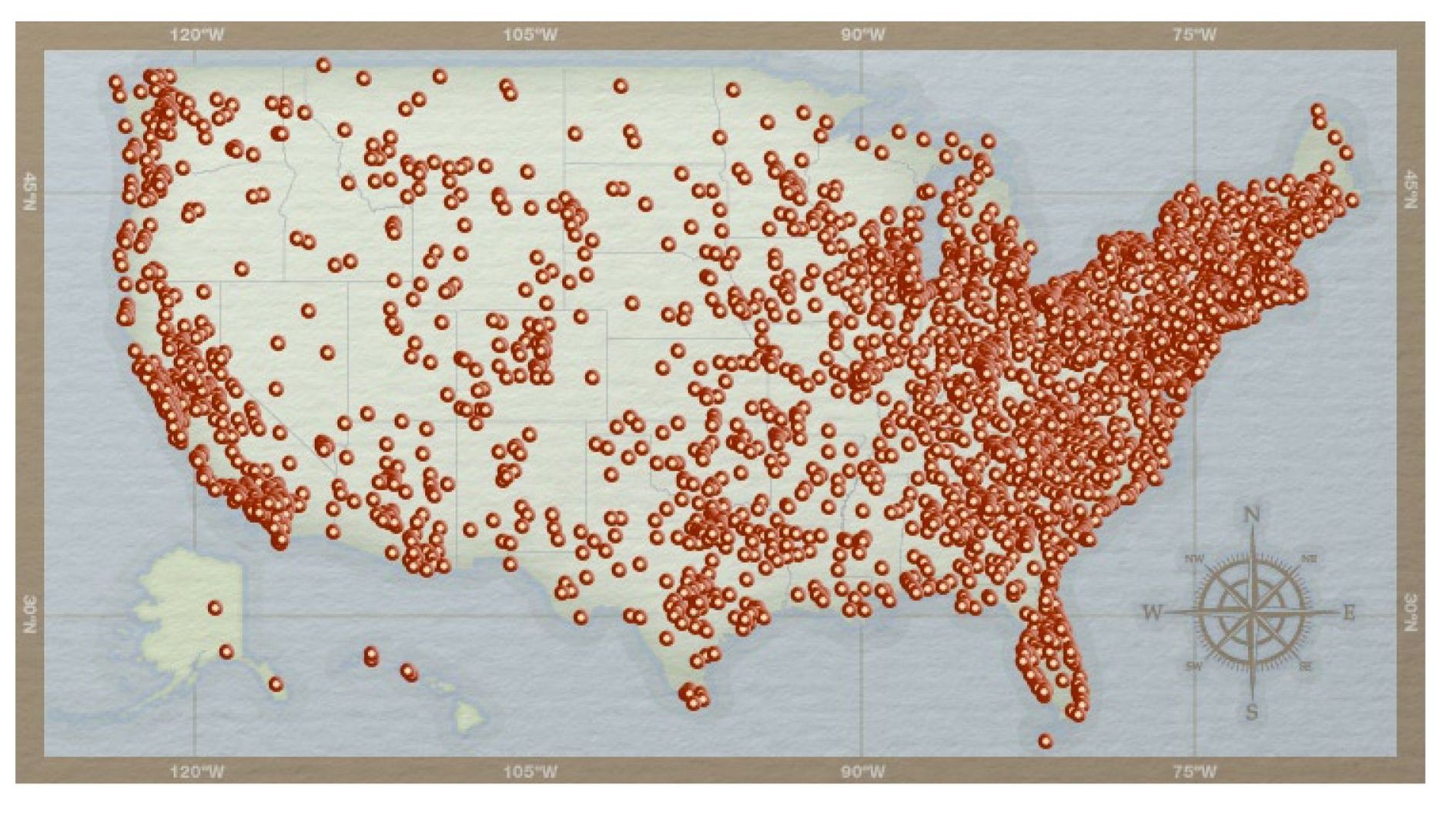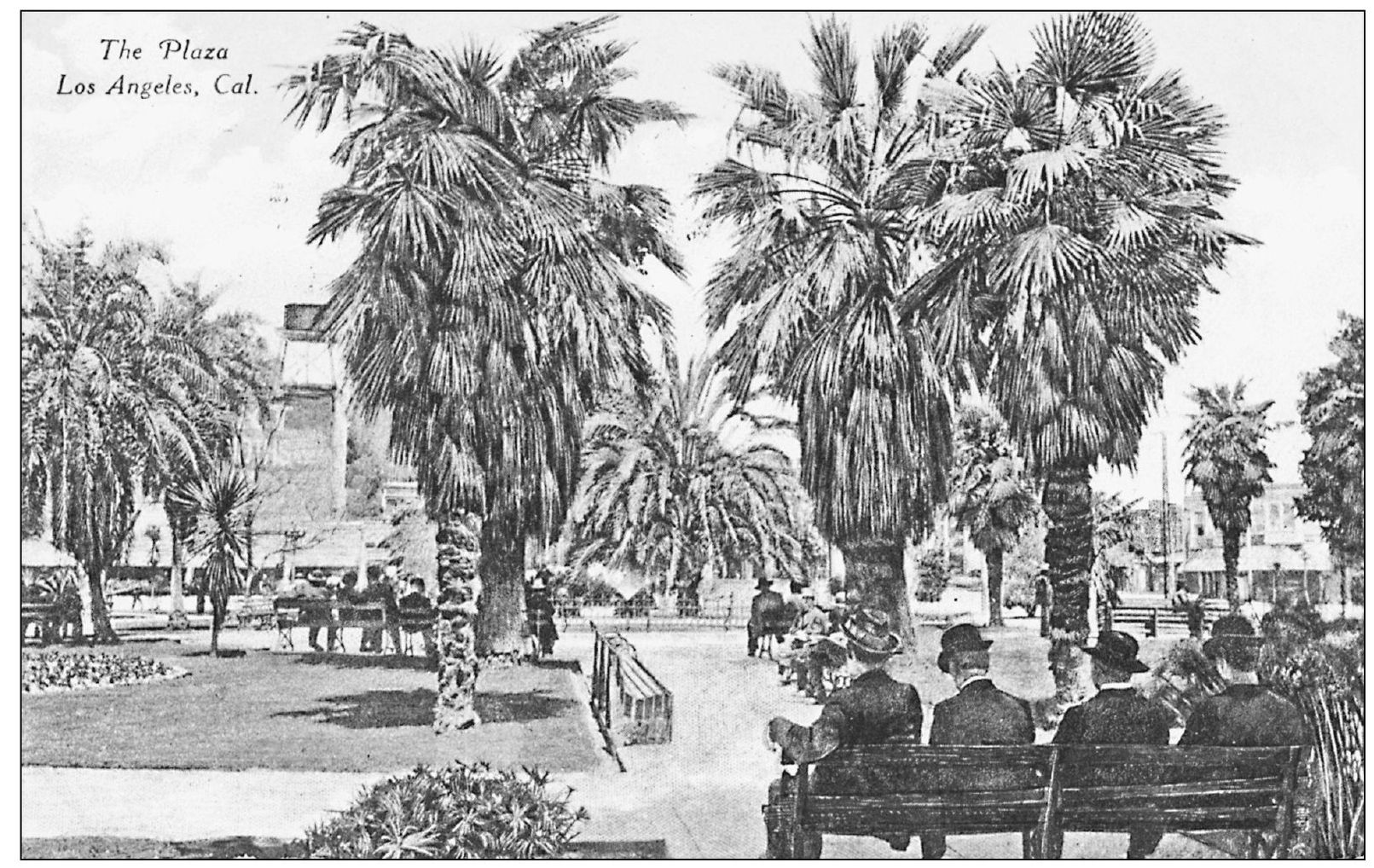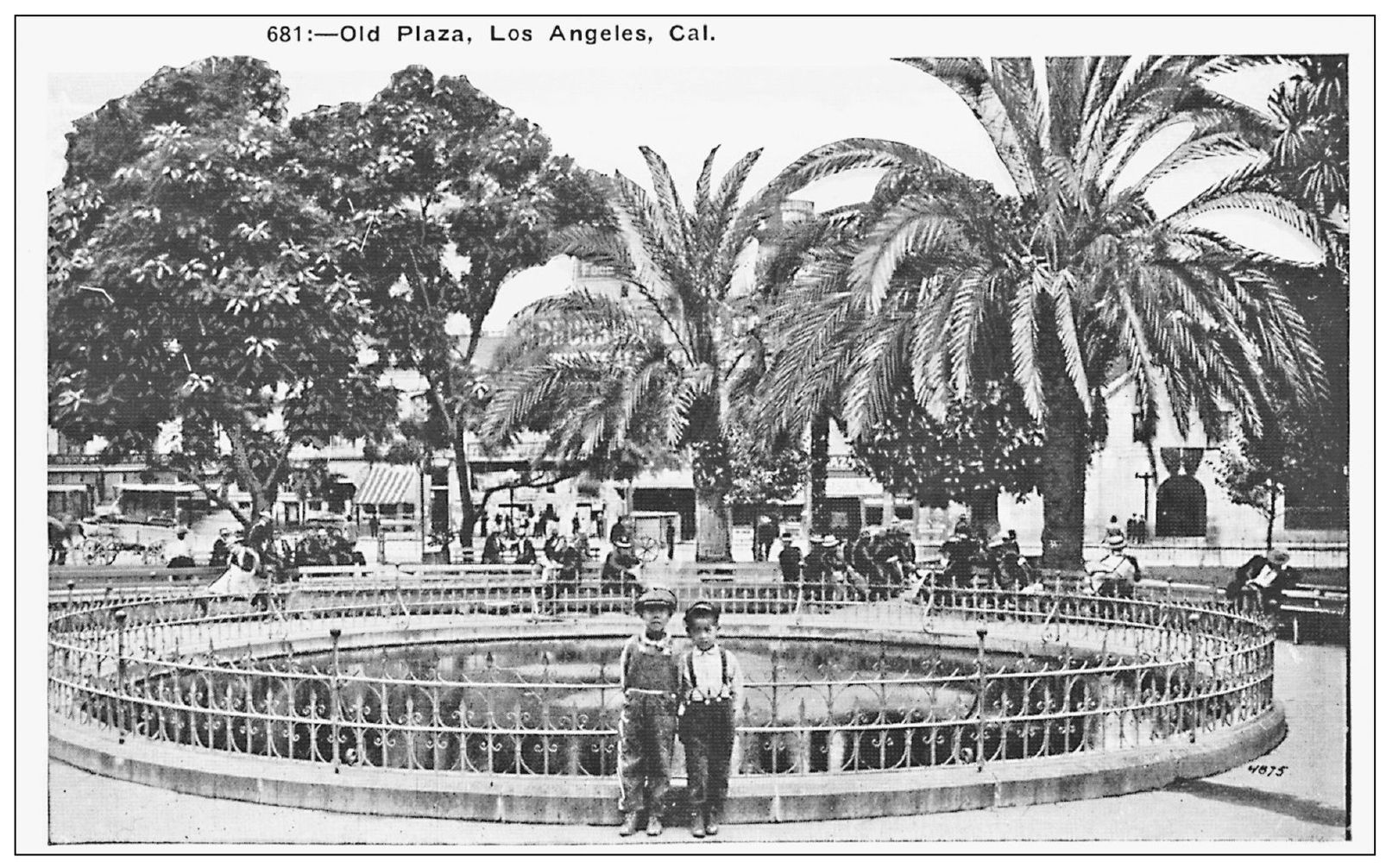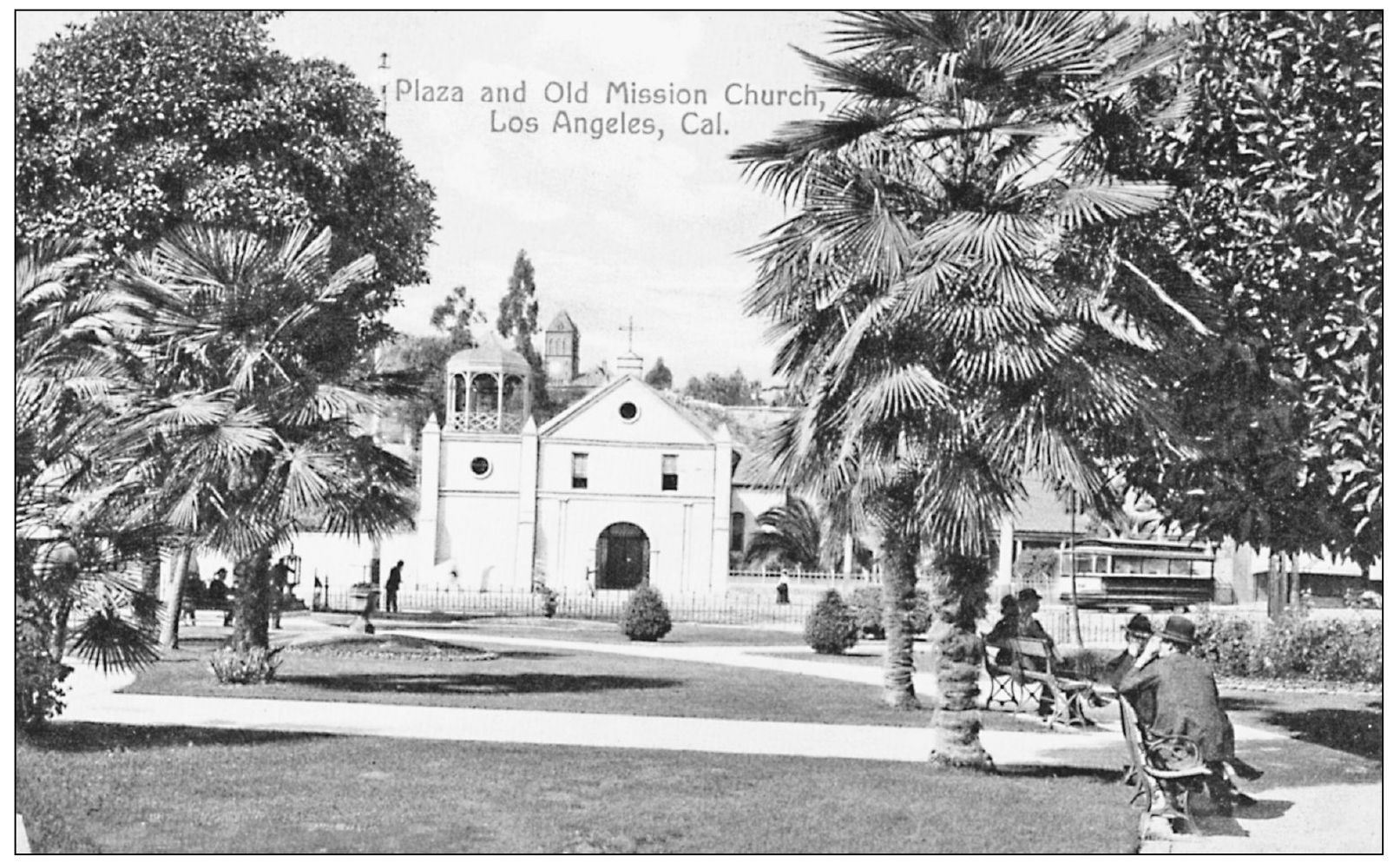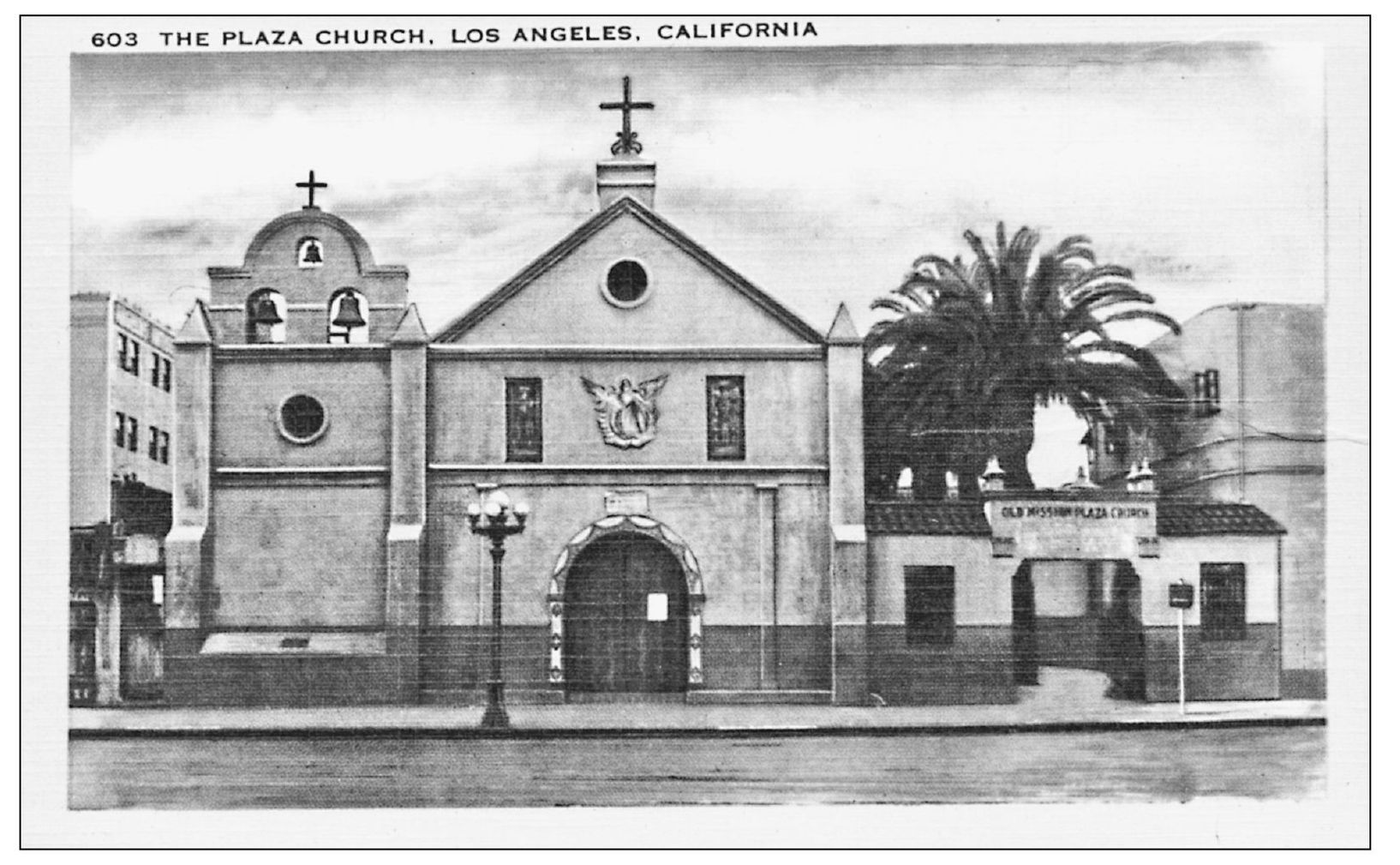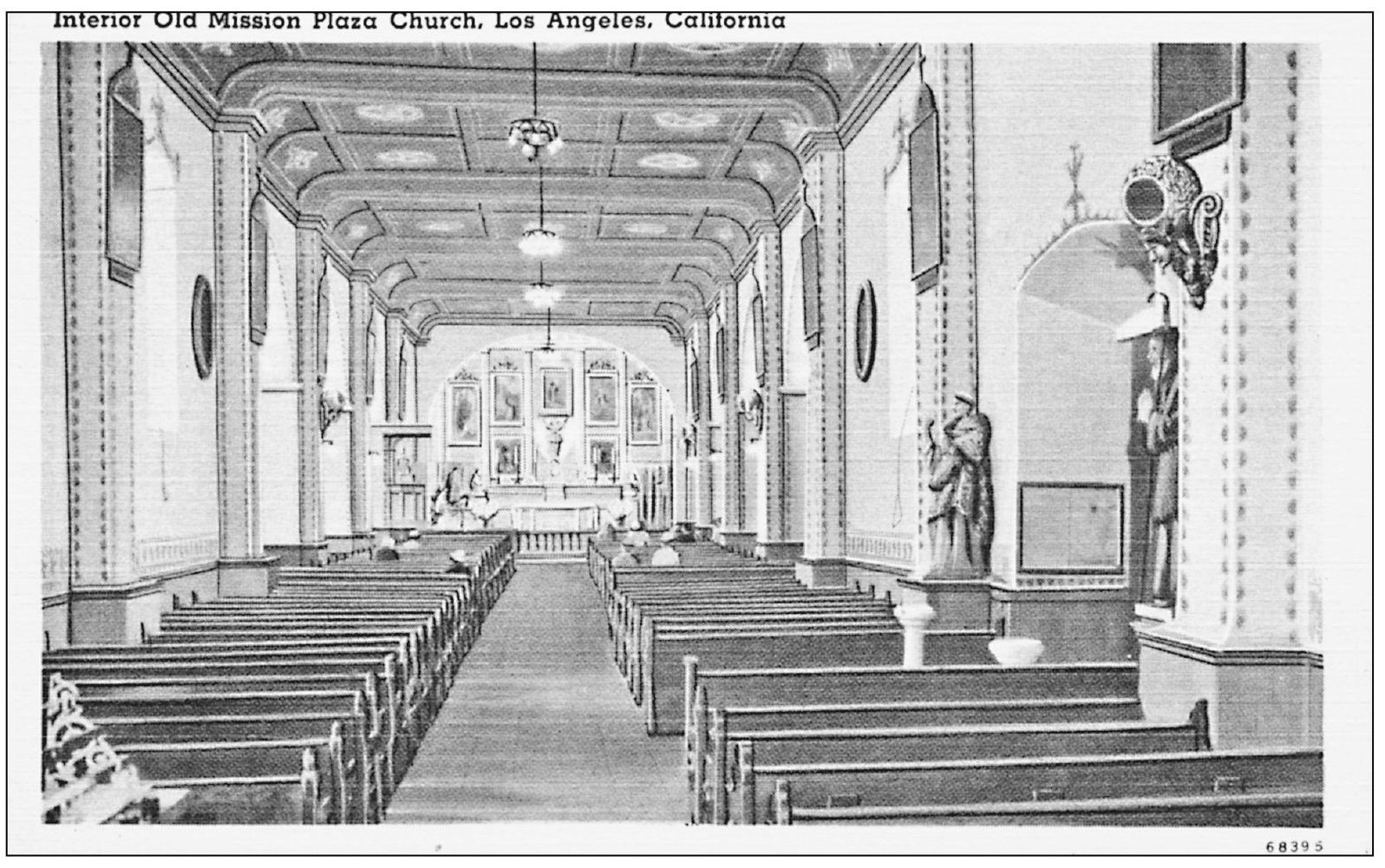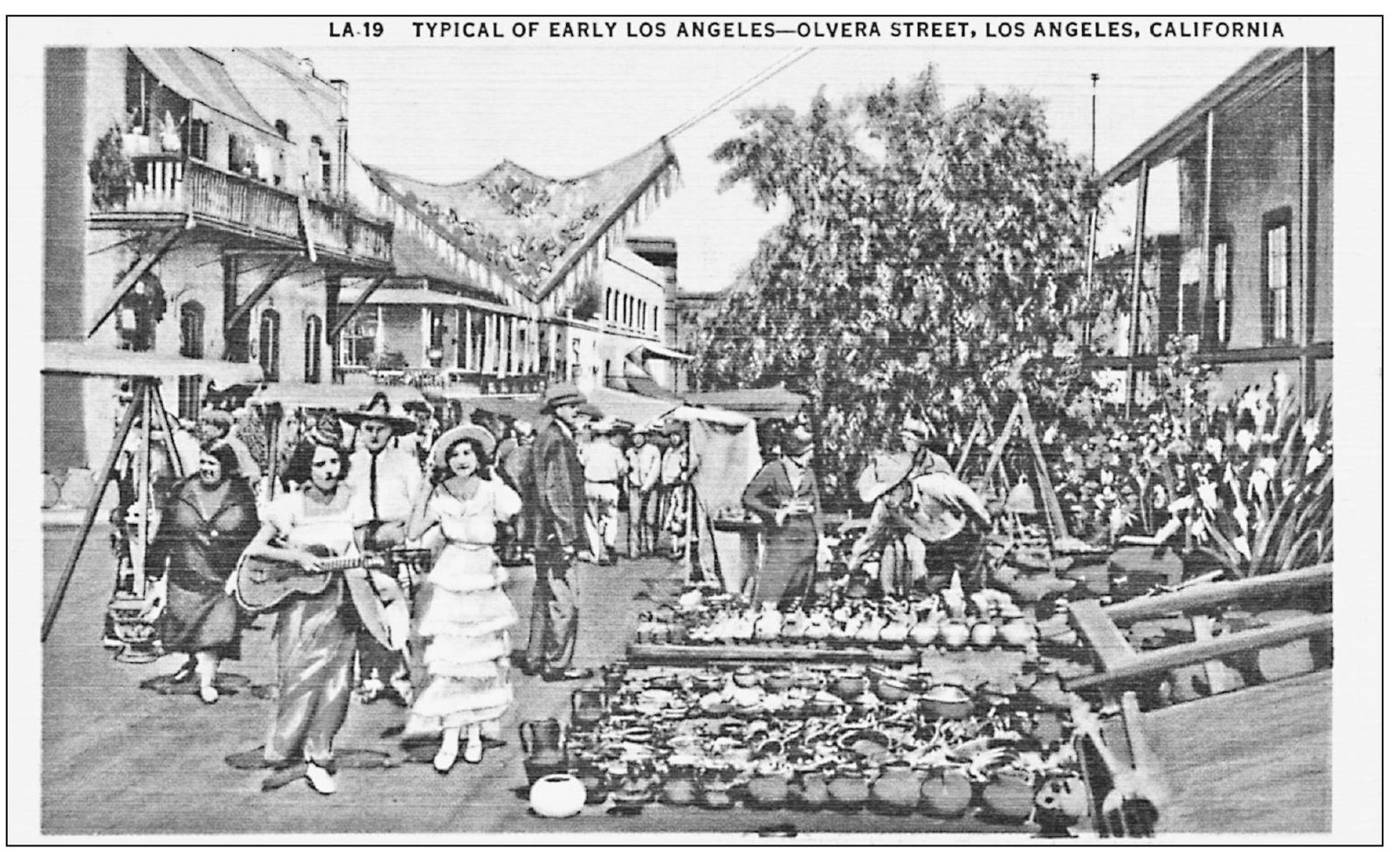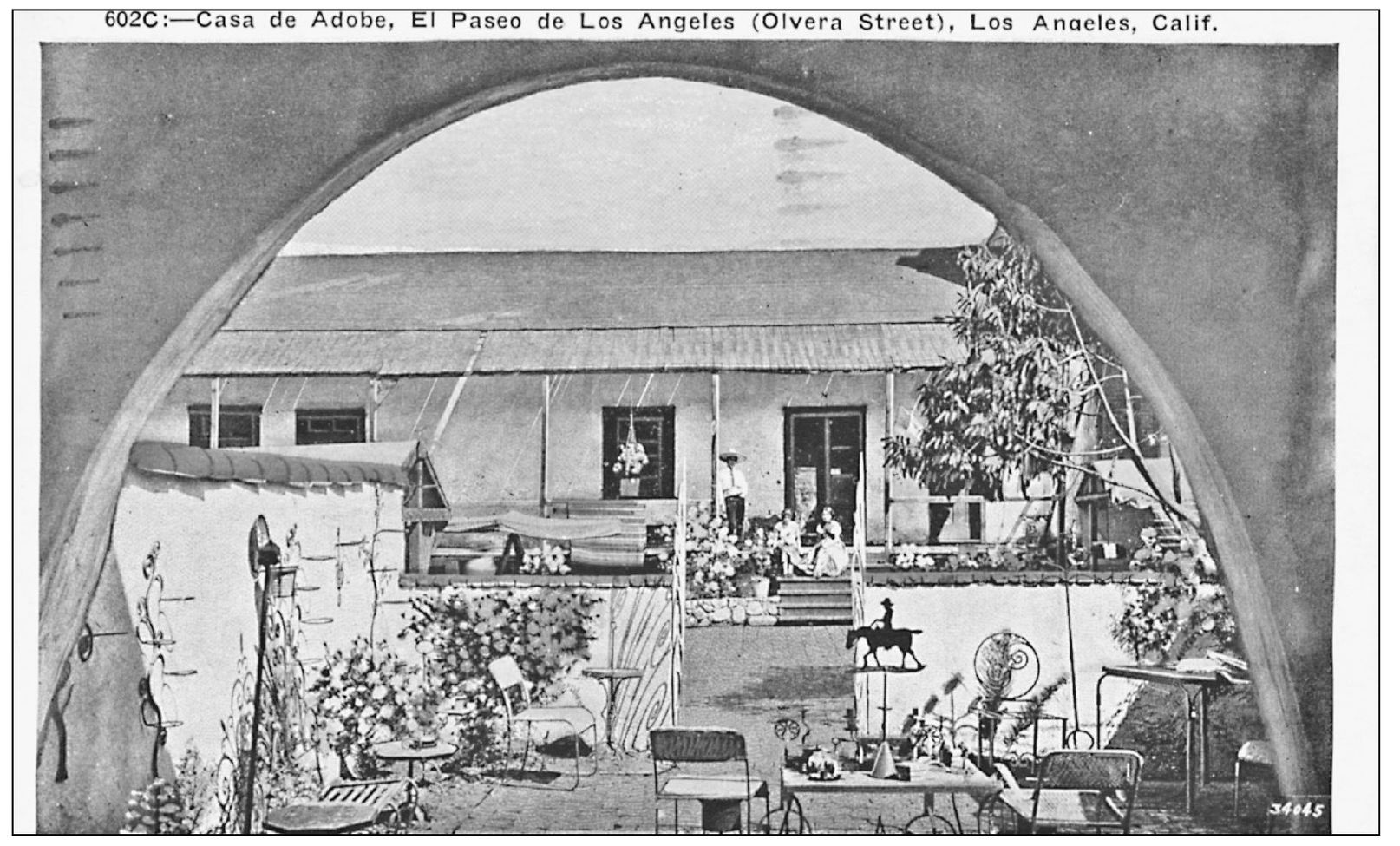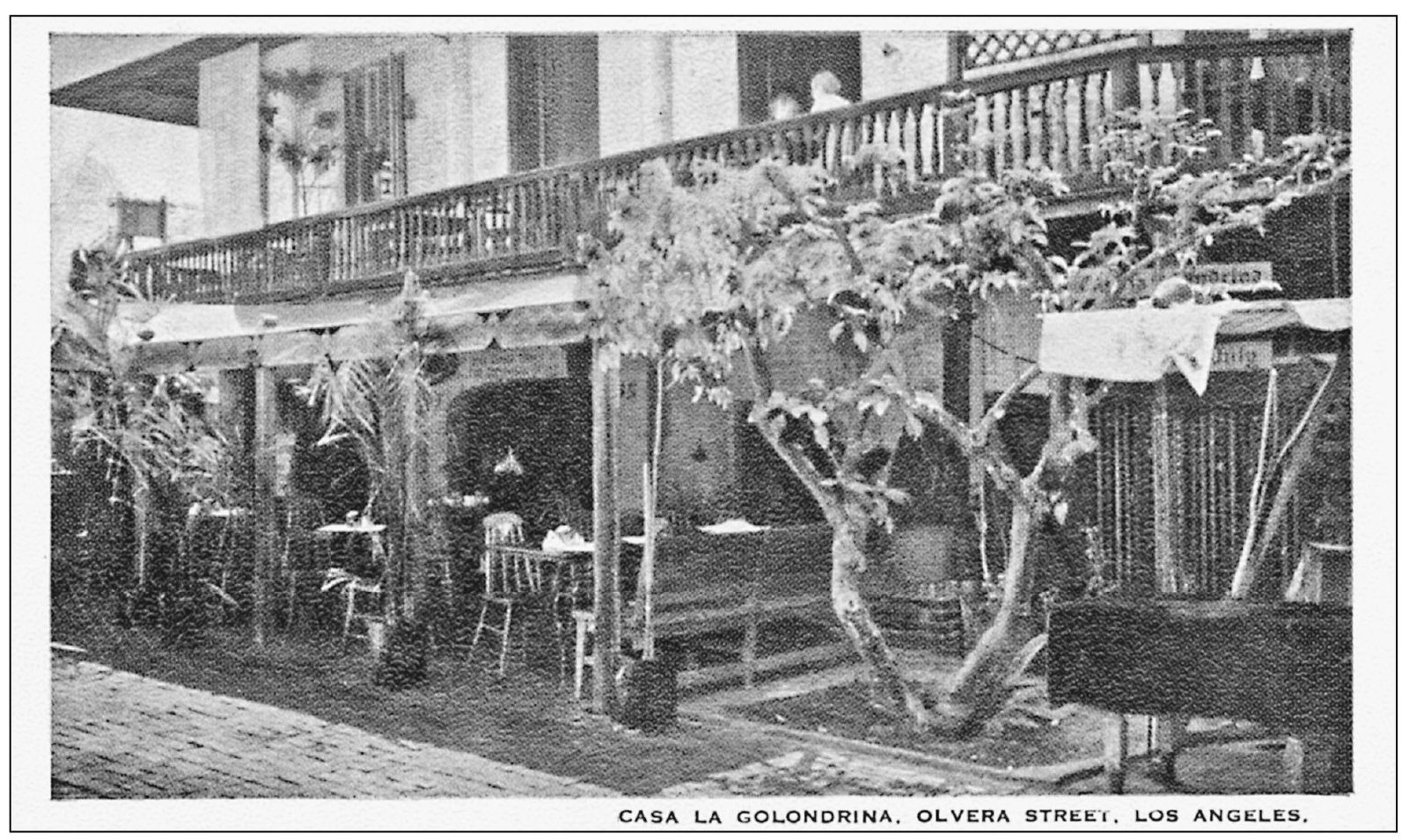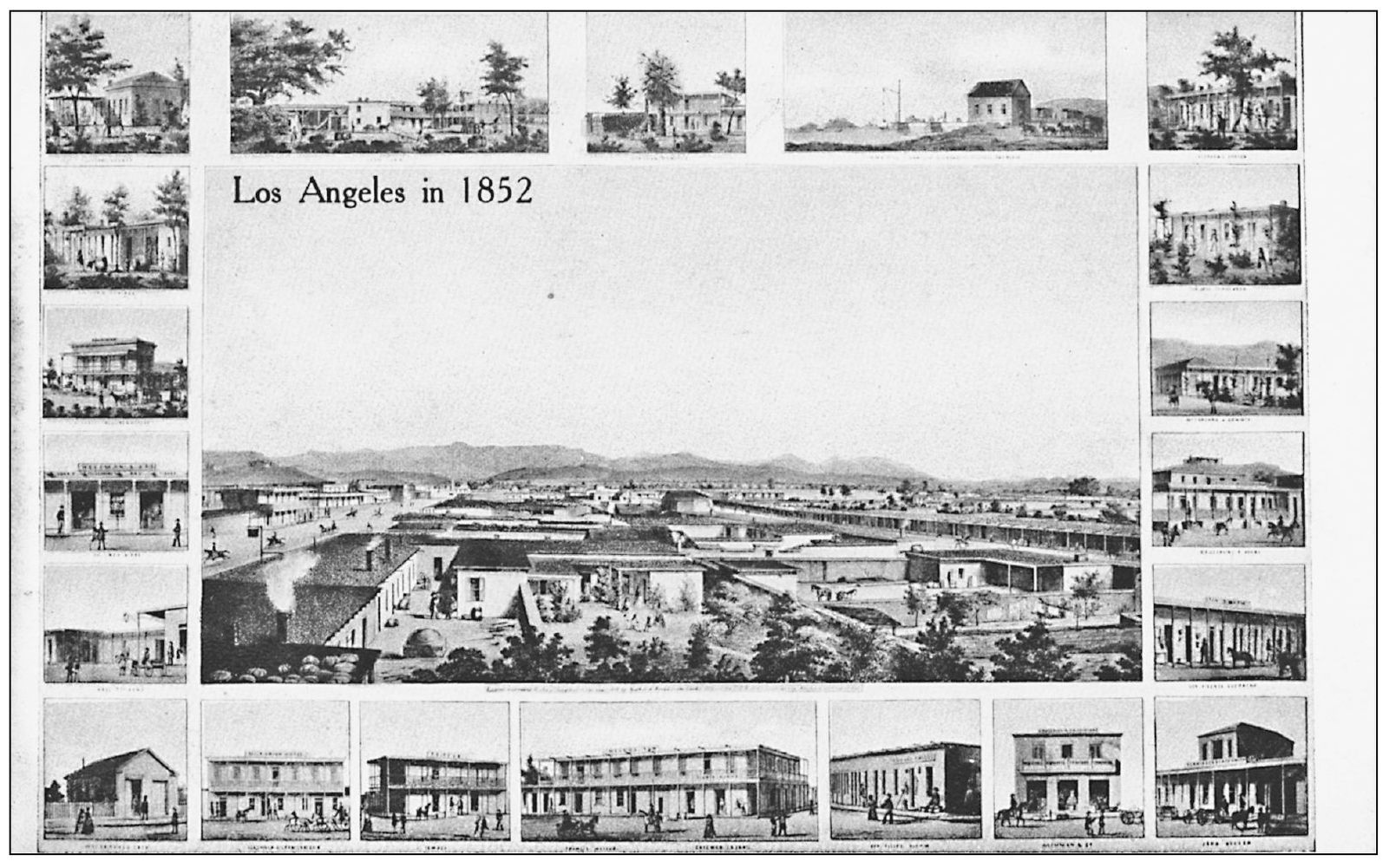We would like to acknowledge the love and support we have received from our friends and family, especially our parents.
We would also like to thank Arcadia Publishing for allowing us to play a role in preserving the wonderful history of Los Angeles.
All of the postcards in this book are from the authors collection.
BIBLIOGRAPHY
Forbes, A. S. C. Then and Now: 100 Landmarks within 50 Miles of Los Angeles Civic Center . Los Angeles: Board of Supervisors of Los Angeles, 1939.
Grenier, Judson, ed. A Guide to Historic Places in Los Angeles County . Dubuque, IA: Kendall/Hunt Publishing Company, 1978.
Guinn, James. A History of California and an Extended History of Los Angeles and Environs . Los Angeles: Historic Record Company, 1915.
Hill, Laurance. La Reina: Los Angeles in Three Centuries . Los Angeles: Security Trust and Savings Bank,1929.
History Division of the Los Angeles County Museum. Los Angeles 19001961 . Los Angeles: History Division of the Los Angeles County Museum, 1962.
Mackey, Margaret. Los Angeles Proper and Improper . Los Angeles: Goodwin Press, 1938.
McGroarty, John. Los Angeles from the Mountains to the Sea . Chicago: American Historical Society, 1921.
Nadeau, Remi. City-Makers . Garden City, NY: Doubleday and Company, 1948.
Newmark, Harris. Sixty Years in Southern California 18531913 . New York: The Knickerbocker Press, 1926.
Philips, Alice. Los Angeles: A Guide Book . Los Angeles: The Neuner Company, 1907.
Robinson, W. W. The Story of Pershing Square . Los Angeles: Title Guarantee and Trust Company, 1931.
Taylor, Katherine. The Los Angeles Tripbook . New York: The Knickerbocker Press, 1928.
Weaver, John. Los Angeles: The Enormous Village . Santa Barbara, CA: Capra Press, 1980.
Workers of the Writers Program of the Works Project Administration. Los Angeles: A Guide to the City and Its Environs . New York: Hastings House, 1951.
Young, Betty Lou. Our First Century: The Los Angeles Athletic Club 18801980 . Los Angeles,: LAAC Press, 1979.
Find more books like this at
www.imagesofamerica.com
Search for your hometown history, your old
stomping grounds, and even your favorite sports team.
One
EARLY COMMUNITY LIFE
When Los Angeles was founded in 1781, the tiny Spanish pueblo was granted 6 miles of land in each direction radiating from a central plaza. Each settler family was provided with fields for planting and a lot for an adobe home. Throughout much of the 1800s, the Plaza continued to be a focal point in town life. Overlooked by the homes of the citys wealthiest families, the Plaza was the site of most important civic, business, social, and religious activities.
Shown here is another view of the Plaza. The fountain marks the location where a brick reservoir was constructed in the mid-1800s to store the citys water. In the days before the reservoir, water was collected from the citys irrigation ditches, known as zanjas , and delivered door to door. Visible on the right behind the palm trees is the Plaza Church.
The Plaza Church, which has overlooked the Plaza since its completion in 1822, served Los Angeles residents who had previously had to travel to Mission San Gabriel for religious services. Though commonly known as the Plaza Church, the official name upon dedication was the Church of Our Lady of the Angels, later changed to Our Lady, Queen of the Angels. Visible just behind the church is the tower of Los Angeles High School.
In this later view of the Plaza Church, the Victorian-style cupola has been replaced by a Mission-style bell tower. As the city expanded and the congregation grew, numerous alterations to the church occurred, including several major renovations and additions.
Shown here is the interior of the Plaza Church. Until the 1870s, the church was the only place of Catholic worship in the city. Now one of the oldest structures in Los Angeles, the Plaza Church continues to hold regular services.
Once known as Wine Street because of its proximity to the citys vineyards, Olvera Street was renamed in honor of Los Angeless first county judge, Agustin Olvera. In the late 1920s. when Christine Sterling learned that this small alley was threatened with demolition, she launched a successful campaign to save it. together with the adjoining Plaza, Olvera Street was refurbished in the late 1920s, opening to the public in 1930 as an example of life in early Los Angeles.
The Avila Adobe, restored as part of Olvera Street in 1930, is now the oldest surviving residence in Los Angeles, Built around 1818 by Francisco Avila, who served a term as the pueblos mayor, the home was briefly occupied by Commodore Robert Stockton in 1847 during the Mexican-American War. Only one wing of what was an L-shaped house remains; the other portion was destroyed in an earthquake in 1857.
The Pelanconi House, located on Olvera Street, was in the 1850s one of the first brick buildings to be constructed in the city. The building was purchased in 1865 by the Pelanconi family, who sold wine on the first floor and used the second floor as their personal residence. Renovated and reopened with Olvera Street in 1930, the wine cellar now houses La Golondrina Cafe.
This early-1900s postcard is a reprint of a lithograph produced by San Francisco firm Kuchel and Dressel in 1857. At center is the pueblo as it appeared in 1857, with the border composed of close-ups of several of the citys important shops and homes. Second from left at the bottom is the Bella Union Hotel, one of the earliest hotels. Second from bottom on the left margin is the city home of Abel Stearns, one of the areas largest landowners. At top, second from right, is San Pedro Harbor, the entry point to the city in the days before the railroad.

